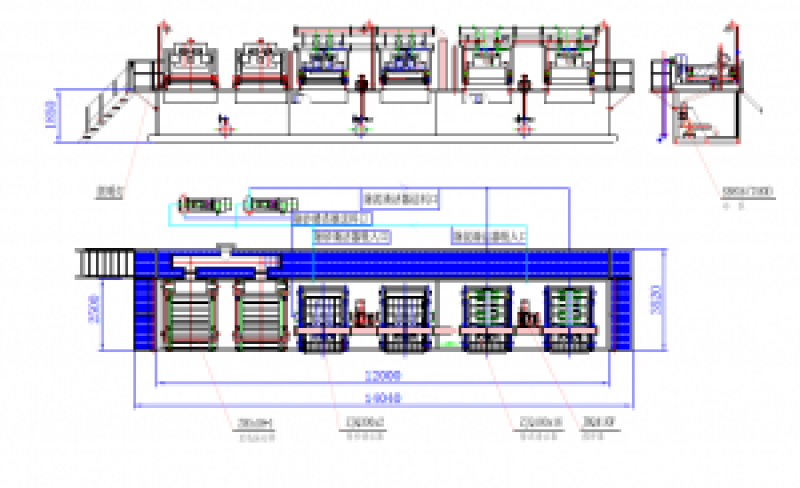It is very strange that China even
have more strict environmental requirement on the dredging field than all over
the world, on the waste solids disposal and also the fluid dump, no matter
how it have been applied on field, in paper it is really advanced. So
basically when the oil market is down, we get a chance there, some client
in dredging field said. Just like you have done in drilling
waste management field. Also we have realised that not
only china all over the world, people are taking more care on the
environmental protection. For dredging, what we need is: Recycle the cleaner fluids.

Dump and reuse as much as possible on
the solids.
Not like the oil gas drilling, from the
pond, or from the river, from sea, there are sands, rocks, and other
things as you can imagine which have been buried in it. So
the separation seems very different. Except the basic concepts.
Separate the biggest particles and
other stuff other than the sands and silts. There are many ways to do this, one
is dig another pit / pond, with at big screen from where dredging pump
feeds, let the screen separate unreasonable parts to the pond, keep them away
from the progress. Another way is gumbo box, it is quite same as
the mining applications, to separate the biggest rocks from the first
step, then others feeding directly to the shale
shaker.
Then directly, or by another pump from the
pond. The feeding goes to the double deck shaker. In GN Solids Control , it is GNZS706E,
which is good to separate the bigger sands and the most of
the bigger solids. going through two sieves.
Catched by the pump, feeding to the
cyclones, to get the silts separated.
Then in the same way, separated by the
decanter centrifuge.
Sometimes it also need help from chemicals
that why a flocculent unit is there. To concentric the small particles
to be bigger ones, then easier to be separated.
Kindly contact GN for a full solution.